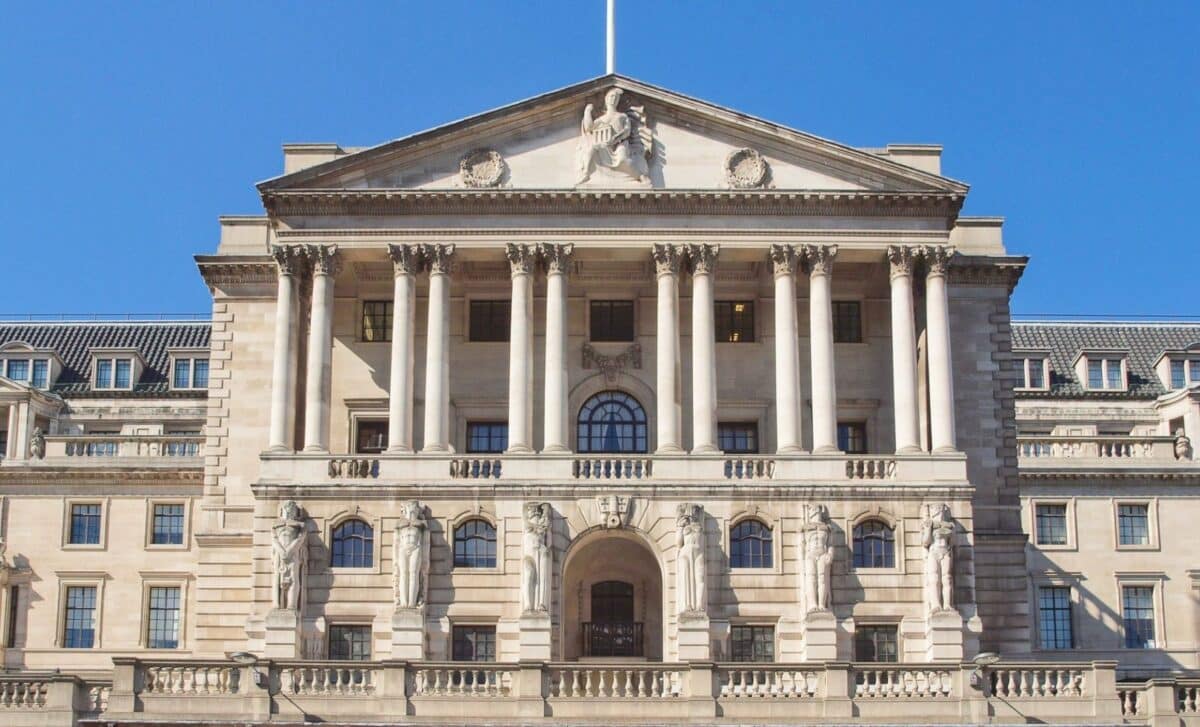The Bank of England is expected to lower interest rates to 4.25%, responding to falling inflation and growing concerns about the global trade environment.
Analysts say the central bank’s move signals a shift in policy, as it tries to balance domestic price stability with external economic pressures.
The anticipated rate cut comes amid evidence that consumer inflation is easing and as central banks worldwide adopt more cautious stances.
The Monetary Policy Committee (MPC) faces a challenging backdrop, where domestic indicators show progress, but external uncertainties — particularly around US trade tariffs — add new risks.
Inflation Falls as Services Costs Ease
Recent data from the Office for National Statistics indicates a decline in the Consumer Prices Index (CPI) to 2.6% in March, down from 2.8% in February. More significantly, services inflation, a metric closely tracked by the Bank, has eased to 4.7%, compared to 5.0% the previous month.
This shift strengthens the case for a 0.25 percentage point reduction in the base interest rate, widely anticipated by markets.
According to Investec economist Sandra Horsfield, the move is a “near-certainty,” as indicators continue to point towards softening inflation.
She noted that “virtually everything has pointed in the direction of lower UK inflation pressure,” highlighting the recent cooling in core service costs and stabilising energy prices. Market expectations have already priced in the cut, with most financial participants viewing this as part of a broader easing cycle.
The Bank’s key interest rate serves as a primary tool to control inflation and manage borrowing costs. As consumer prices moderate, the rationale for maintaining higher rates weakens, particularly if wage pressures and housing costs also show signs of stabilisation.
External Risks Complicate Monetary Outlook
Beyond domestic conditions, global developments are weighing on the Bank’s decision-making process. The recent US tariff announcements have introduced new uncertainty for trade-dependent economies, including the UK. The Bank must now assess how such changes might affect import prices, supply chains, and business confidence.
According to Oxford Economics economist Edward Allenby, “the more important question is how US tariff announcements are influencing the MPC’s thinking.”
While falling import prices from markets such as China could help ease consumer inflation in the UK, elevated global uncertainty may also dampen investment and spending — both of which are key drivers of growth.
Allenby added that the Bank could revise down its near-term forecasts for both GDP growth and inflation, as external risks begin to influence domestic conditions.
With the European Central Bank already having reduced rates amid what it termed “exceptional uncertainty,” the Bank of England’s upcoming statement will be closely scrutinised for signals about future policy direction.









